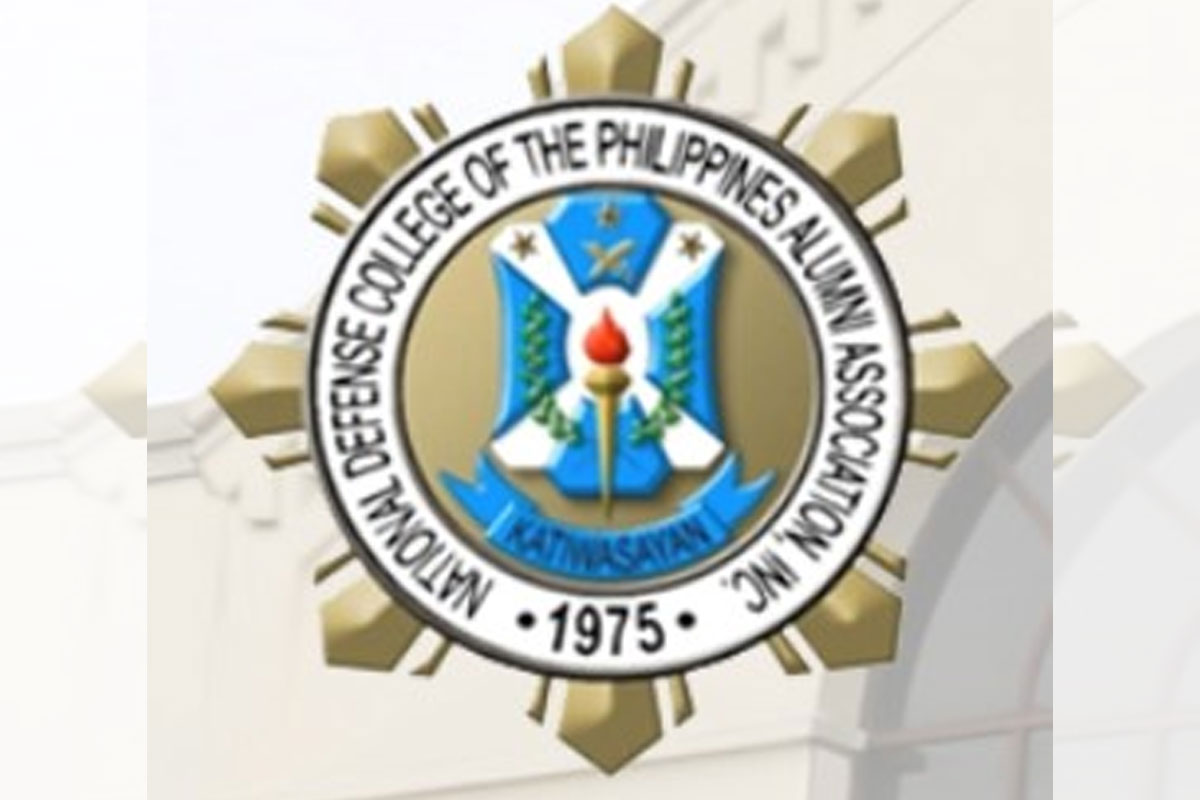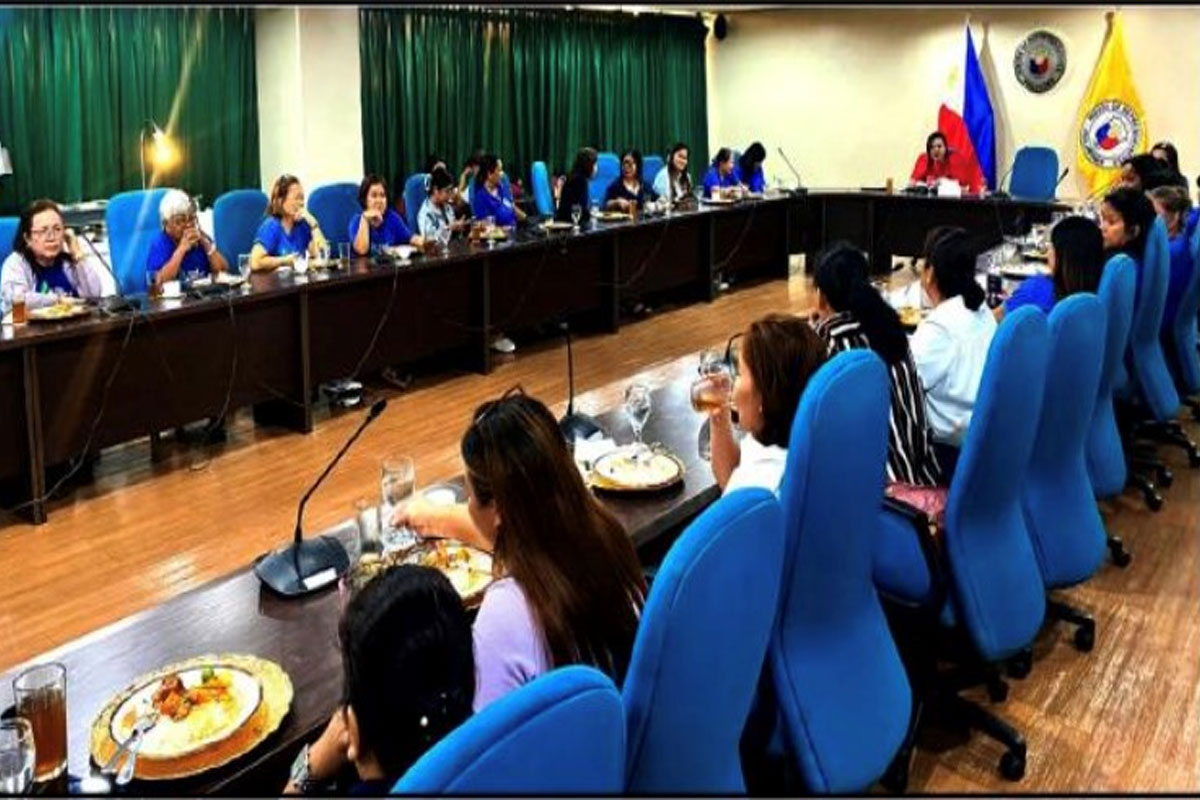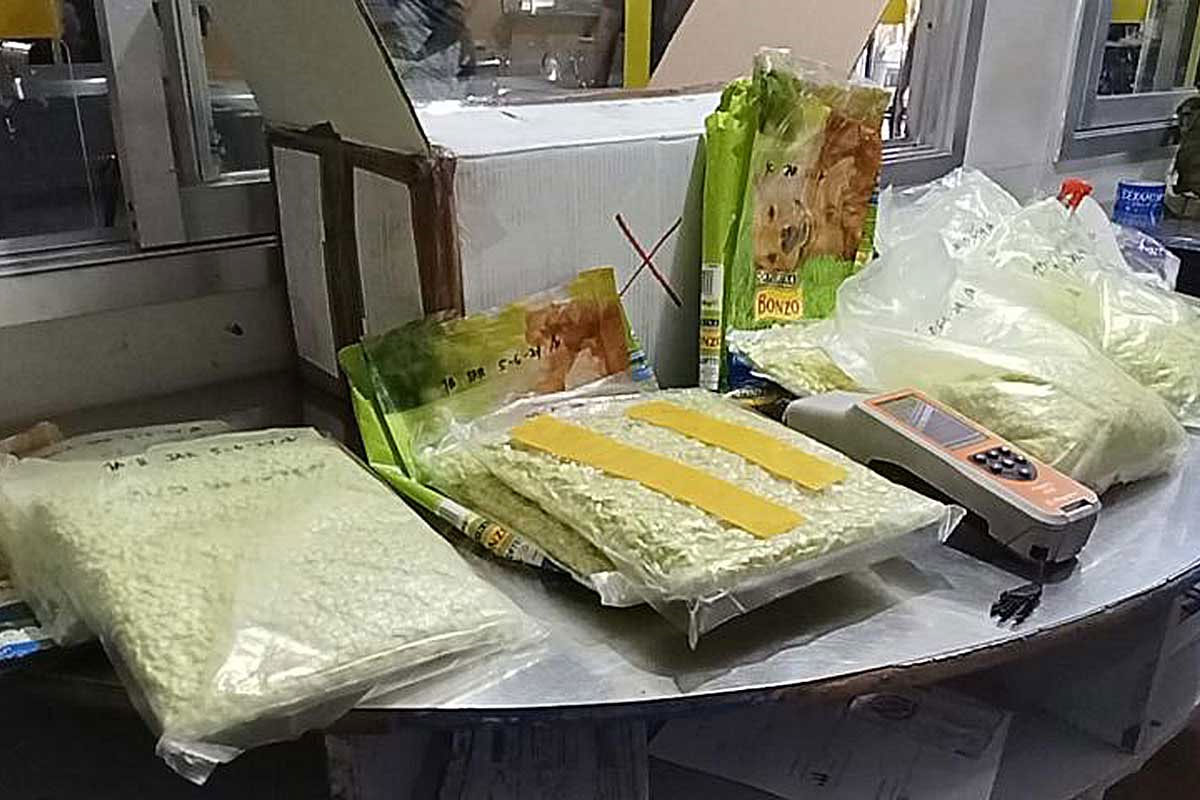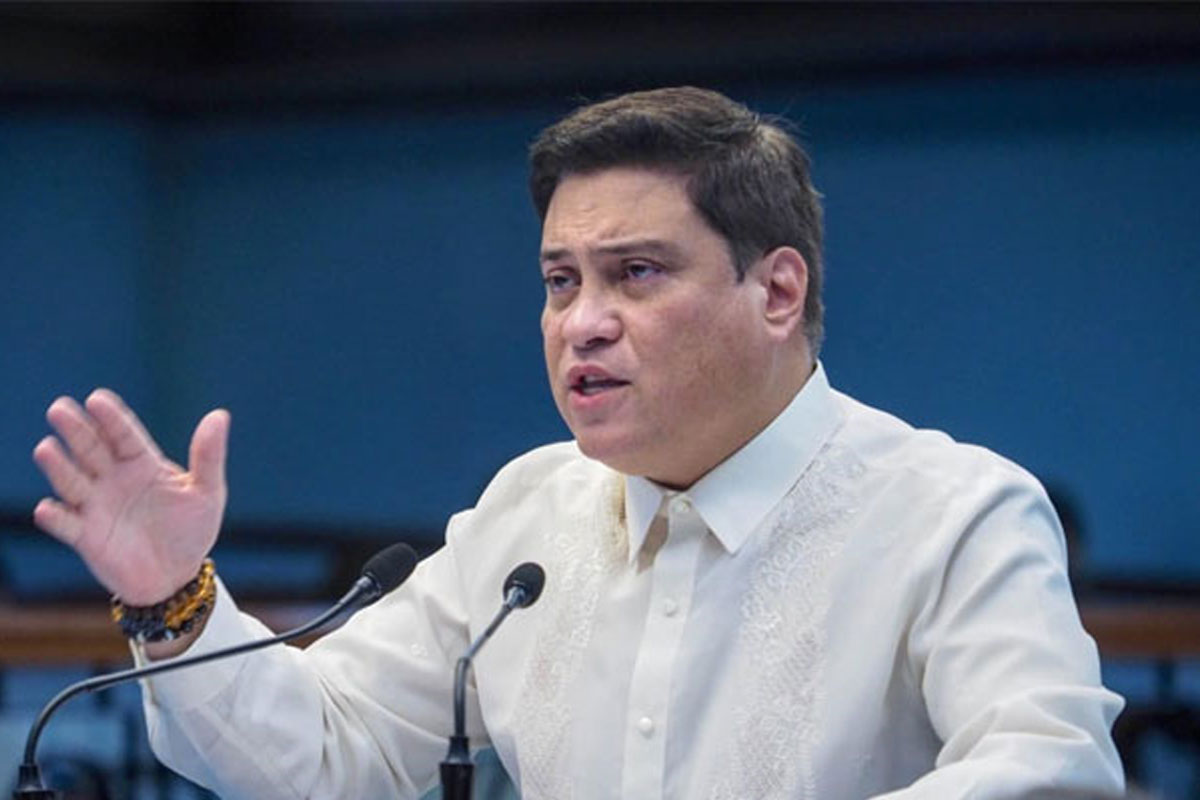
Dismantling of illegal fish traps begins in Cavite
The dismantling of illegal aquaculture structures in Cavite City has begun as part of government efforts to rehabilitate the Manila Bay.
Benny Antiporda, Department of Environment and Natural Resources (DENR) Undersecretary for Solid Waste Management and Local Government Units Concerns, led the joint operations conducted last Thursday with the Philippine Coast Guard and the city government of Cavite for the clearing of abandoned fish traps, locally known as “sapra.”
Sapra is a sturdy fish trap made with bamboo and uses “superlight” to attract and catch fish.
Antiporda, who also head the Manila Bay Anti-Pollution Task Force, explained that the dismantling activity is in line with the objective of the ongoing rehabilitation of the Manila Bay to clear its waters of marine litter.
During the operations, tall bamboo structures were demolished and fishing paraphernalia, including improvised superlight and wide fishing nets with smaller holes, were recovered.
“Just like what we’ve said a long time ago, our first objective is ‘to see is to believe.’ No more floating debris here in Manila Bay, that is our target,” he pointed out.
Antiporda stressed that debris from the fishing structures in Cavite City are washed ashore the Manila Baywalk area along Roxas Boulevard.
“These (sapras) majorly contribute to the floating debris washed towards the baywalk area,” Antiporda said. “Come typhoons, they (operators) are just waiting for it to be destroyed and when destroyed they do not fix it, instead they bring in and install new set of bamboos.”
“After they make money out of this – after they abuse our marine resources, you can see the fishing net they are using can catch even small and still growing fish – they will just abandon this until it becomes garbage,” he added.
Antiporda said operators of the sapras, who are big business owners and can afford to finance the construction of massive fishing traps, immediately abandoned the structures, “aware that they have violated laws and cases shall be filed against them when caught.”
Meanwhile, Antiporda also stressed that inter-agency coordination is being undertaken to address the concerns of smaller fishing communities in Cavite City that have been affected by the illegal fishing operations.
“We have notified even the DSWD (Department of Social Welfare and Development) and the BFAR (Bureau of Fisheries and Aquatic Resources) to make sure that we address concerns from the fisherfolk working here,” Antiporda said.
“A lot of small-time fishermen are negatively affected because they need to go beyond 15 kilometers from the shoreline since the sapras already occupy part of the city waters,” he added. “These are the things that we are trying to solve for our fisherfolk.”
DENR-Calabarzon Regional Executive Director Nilo Tamoria, on the other hand, said the fishing structures are considered illegal due to violation of several environmental and maritime laws and regulations.
“First, these sapras do not have permit and second the method used in fishing is illegal based on the (Philippine) Fisheries Code of 1998 such as the use of superlight,” Tamoria said.
“Third, in the context of the Manila Bay rehabilitation, this structure is not allowed in the water quality based on SB level and fourth this interrupts the movement of marine vessels,” he explained.
Last Oct. 25, the DENR-Calabarzon and Cavite PENR Office installed warning signs to dismantle around 32 illegally-operated sapras.
The waters of Cavite City are part of the priority areas for the rehabilitation of Manila Bay.



















